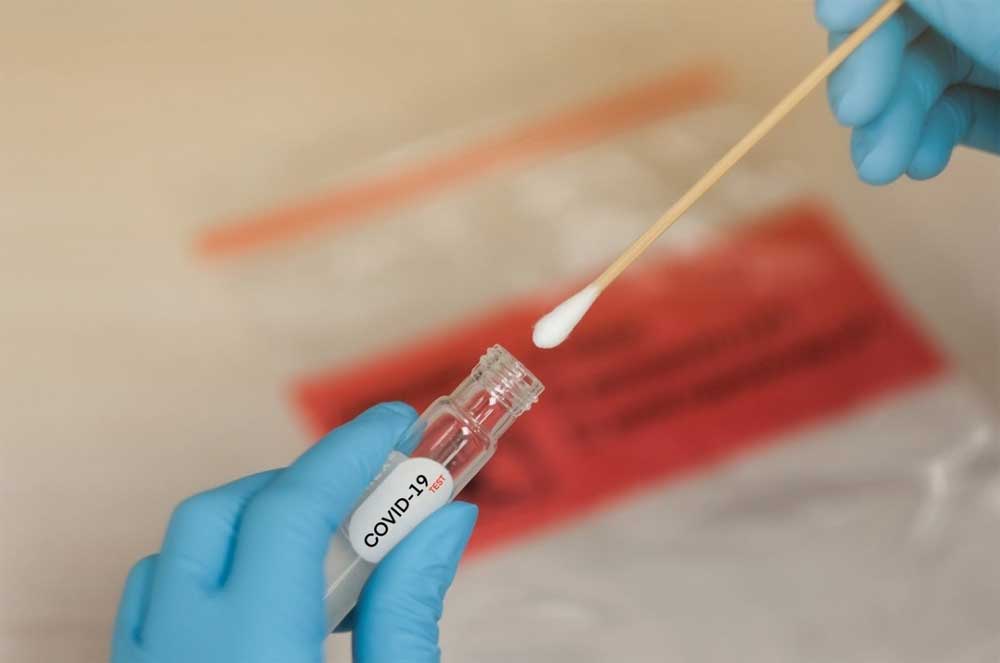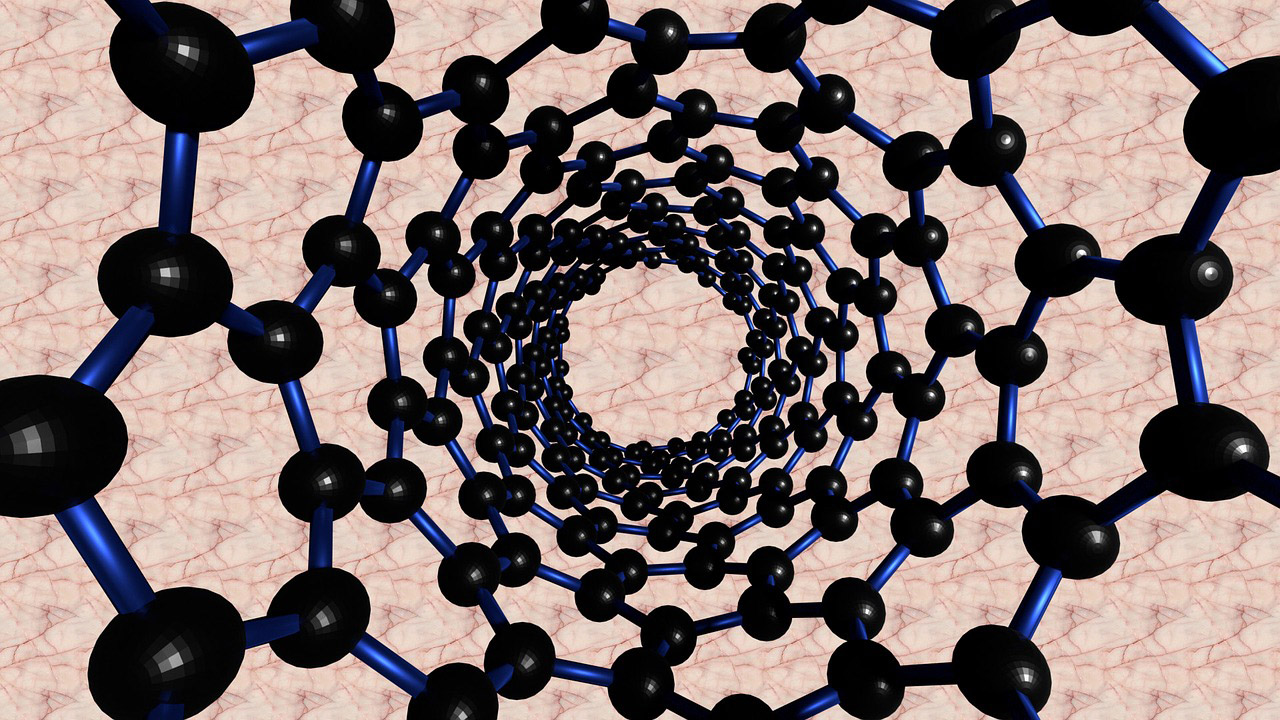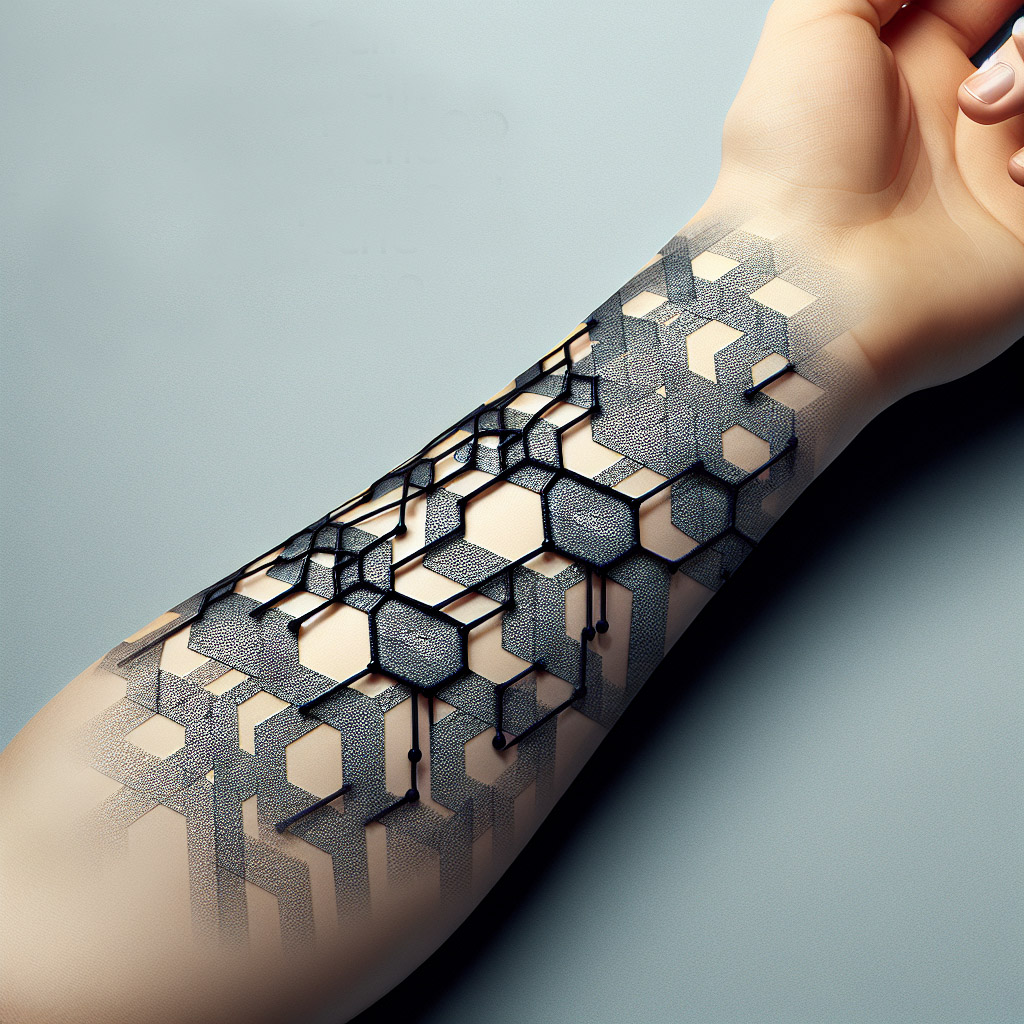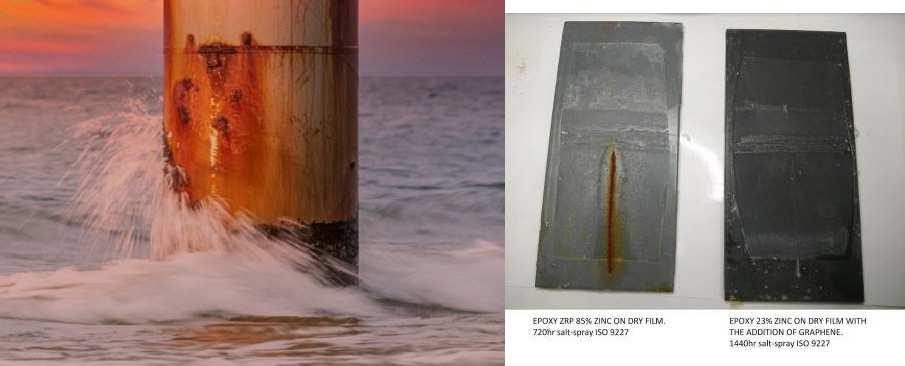Graphene Sensor Can Detect COVID-19 in 60 Seconds
As the world continues to battle with the current health situation on ground, many scientists and researchers have gone indoors to look for possible palliative ways to control the widespread of the novel coronavirus that is killing tens of thousands of people every day.
Different health organizations and companies are rolling out coronavirus testing kits that can work as fast as possible in detecting the COVID-19 strain and help in curtailing the further spread of the virus. Recently, researchers have discovered a biosensor test that works in less than 60 seconds in detecting COVID-19.
Previously, COVID-19 tests were conducted based on the RT-PCR technique. RT-PCR interprets as Real-Time Reverse Transcription Polymerase Chain Reaction. This technique can detect strains on COVID-19 on cloths or swabs from already infected patients by amplifying the coronavirus RNAs.
However, the RT-PCR method may take up to three (3) hours. Since the RT-PCR method takes longer time, a South Korean team, including Seung Il Kim and Edmond Changkyun Park launched a new test using a field-effect transistor from a graphene sheet with high electronic conductivity; this led to the discovery of a new biosensor for testing COVID-19.
The new biosensor was able to detect COVID-19 strain on swabs gotten from the nasopharynx area; that is, the area that links to the pharynx from behind the nasal cavity.
How the new test worked
At close observation, when purified spike protein was passed through the graphene sensor, the result changed the electrical current because the purified spike protein bound to an antibody. Another test by passing cultured coronavirus through the graphene sensor, and it yielded the same result.
So, the team used some healthy controls, as well as sample nasopharyngeal swabs collected from COVID-19 patients to run another test through the biosensor. Interestingly, the sensor separated the healthy samples from the sick samples.
At this extent, the research team announced its findings after discovering that the new test was between two and four times less sensitive, and faster than RT-PCR method.
Furthermore, it is hoped that the SNR – Signal to Noise Ratio can be further improved using some materials. Thus, there’s room for improvement towards this COVID-19 test kit discovery.
Also, the Spanish Catalan Institute of Nanoscience and Nanotechnology had discovered a solution that showed where COVID-19 strain was detected from an infected person’s saliva. This method is seen to be more reliable than using most test kits we have seen thus far. Finally, a rapid, non-invasive optical biosensor has been launched earlier to detect bacterial infections or cancer biomarkers.





Leave A Comment